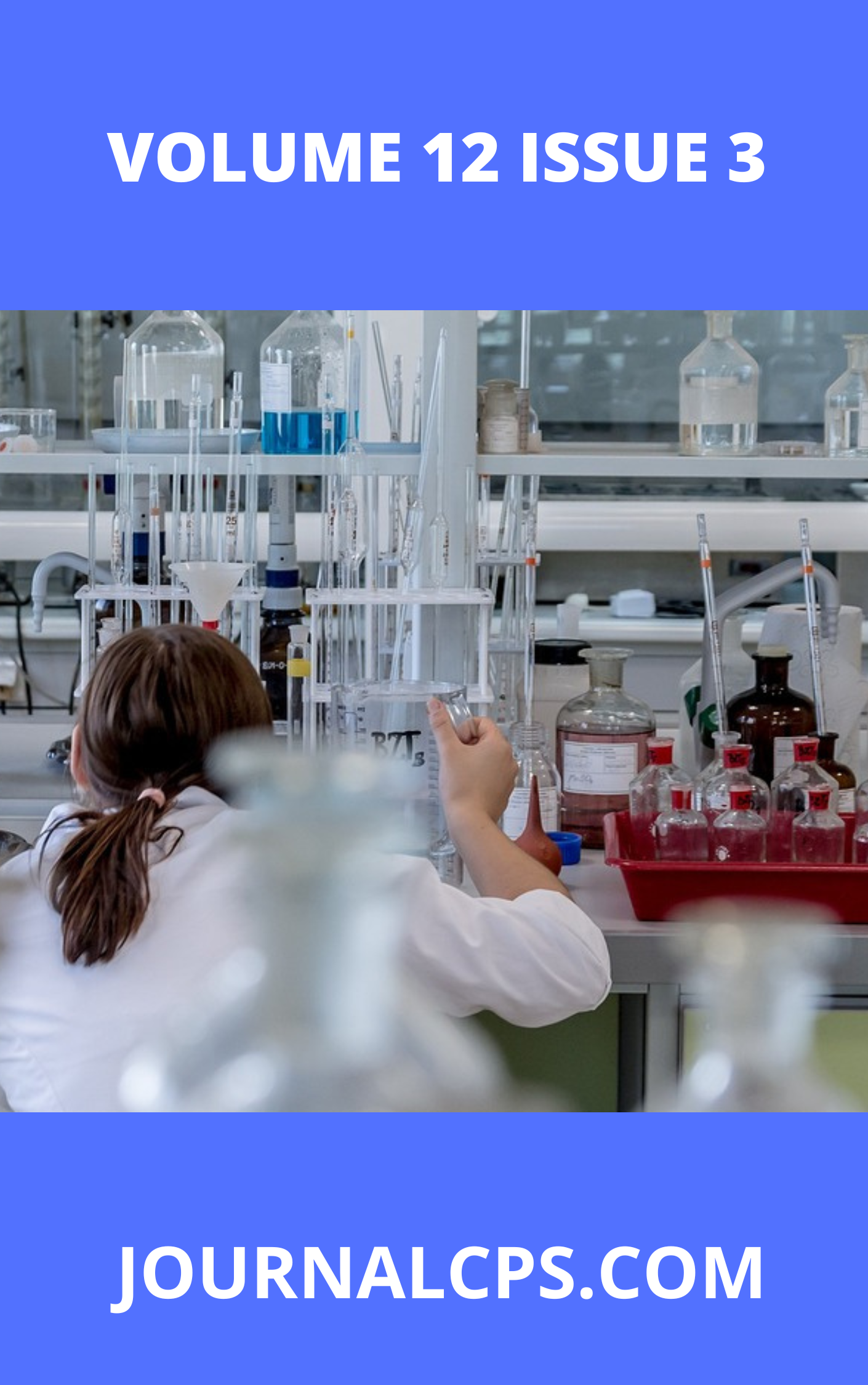Quantitative Analysis of Plastic Waste Accumulation in Coastal Ghana: Implications for Waste Management
Keywords:
Plastic Pollution, Waste Composition, PET, Styrofoam, Fishing Gear, Coastal Waste, Waste Management, Ghana, MANOVA, PCA, HCA, EPR.Abstract
The presence of plastic waste in coastal regions creates major environmental and financial problems mainly for underdeveloped countries which lack proper waste handling infrastructure. The research evaluates plastic waste patterns dispersal distributions and spatial clustering forms throughout Accra Winneba and Cape Coast coastal zones in Ghana through statistical quantitative methods. Researchers performed systematic field surveys throughout the three areas to evaluate plastic waste types using Principal Component Analysis (PCA). They determined the main waste categories in the survey zones. Multi-variate Analysis of Variance (MANOVA) evaluated the proportional distribution of plastic waste categories while Hierarchical Cluster Analysis (HCA) assessed patterns of site-based waste composition similarities. PET Bottles together with Hard Plastics appear as the principal waste types present throughout every study site. The plastic waste accumulation levels in Cape Coast stand out from other areas because Fisherman Equipment together with Styrofoam products account for higher waste amounts stemming from tourism and fishing sector dominance. The plastic waste composition found in Accra and Winneba produces similar clusters which align within the HCA. Results from ANOVA testing reveal there are no statistically important differences (p > 0.05) found between total plastic waste measurements among study sites. Global data confirms that the factors behind plastic pollution include urban growth coupled with insufficient control amendments and robust economic development systems. The resolution of this problem needs new policies combined with better waste infrastructure elements, along with active community participation. Multiple sectors of government agencies along with local communities need to join forces with industry stakeholders to achieve sustainable waste management practices that minimize plastic pollution in Ghana's coastal regions.
Downloads
Published
Issue
Section
Similar Articles
- Vincent Oseikhuemen Odia-Oseghale, Joseph Odion Odia-Oseghale, Environmental Implications of Quarrying and Waste Management: A Case Study of Okhoro, Benin City , Communication In Physical Sciences: Vol. 12 No. 4 (2025): VOLUME1 2 ISSUE 4
- Faith Osaretin Osabuohien, Review of the Environmental Impact of Polymer Degradation , Communication In Physical Sciences: Vol. 2 No. 1 (2017): VOLUME 2 ISSUE 1
- Abubakar Tahiru, Oluwasanmi M. Odeniran, Shardrack Amoako, Developing Artificial Intelligence-Powered Circular Bioeconomy Models That Transform Forestry Residues into High-Value Materials and Renewable Energy Solutions , Communication In Physical Sciences: Vol. 8 No. 4 (2022): VOLUME 8 ISSUE 4
- Tope Oyebade, Spatio-Seasonal Evaluation of Heavy Metal Pollution, Water Quality, and Ecological Risk in Lake Chad Ecosystem , Communication In Physical Sciences: Vol. 11 No. 4 (2024): VOLUME 11 ISSUE 4
- Usoro M. Etesin, Hydrochemical study of shallow ground water in Ikot Abasi Coastal Aquifer , Communication In Physical Sciences: Vol. 7 No. 3 (2021): VOLUME 7 ISSUE 3
- Sameul Awolumat, Baernadette Tosan Fregene, Temporal Variability and Predictors of Fish Catch (2009-2011) in the Niger and Benue Rivers: Implications for Contemporary Natural Resources Management in Kogi State, Nigeria , Communication In Physical Sciences: Vol. 11 No. 4 (2024): VOLUME 11 ISSUE 4
- Christopher Ejeomo, Ufuomaefe Oghoje, Composition and Distribution of Polynuclear Aromatic Hydrocarbons Contamination in Surficial Coastal Sediments from Odidi Area of Delta State, Nigeria , Communication In Physical Sciences: Vol. 11 No. 4 (2024): VOLUME 11 ISSUE 4
- Christopher Ejeomo, Ufuomaefe Oghoje, Composition and Distribution of Polynuclear Aromatic Hydrocarbons Contamination in Surficial Coastal Sediments from Odidi Area of Delta State, Nigeria , Communication In Physical Sciences: Vol. 11 No. 4 (2024): VOLUME 11 ISSUE 4
- Mu’awiya Baba Aminu, Hareyani Zabidi, Juliet Ngozi Chijioke-Churuba, Saleh Mamman Abdullahi, Kolapo Fasina, Aliyu Abubakar, Muhammad Nurudeen Mashin, Abdulmalik Nana Fatima, Bertha Onyenachi Akagbue, Olusola Kolawole Ogunmilua, Environmental and Public Health Challenges of Phases Towards Cement Production, Remediation Monitoring and Evaluation Strategies , Communication In Physical Sciences: Vol. 12 No. 1 (2024): VOLUME 12 ISSUE 1
- Oyakojo Emmanuel Oladipupo, Abdulahi Opejin, Jerome Nenger, Ololade Sophiat Alaran, Coastal Hazard Risk Assessment in a Changing Climate: A Review of Predictive Models and Emerging Technologies , Communication In Physical Sciences: Vol. 12 No. 6 (2025): Volume 12 ISSUE 6
You may also start an advanced similarity search for this article.




